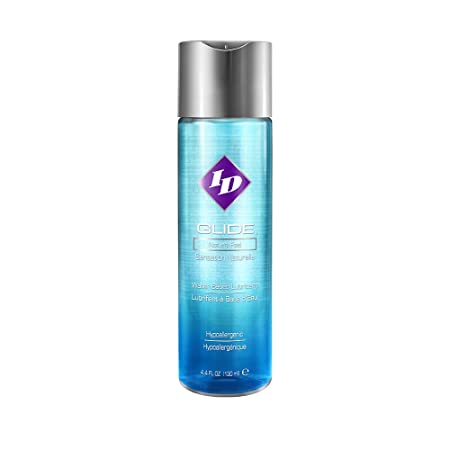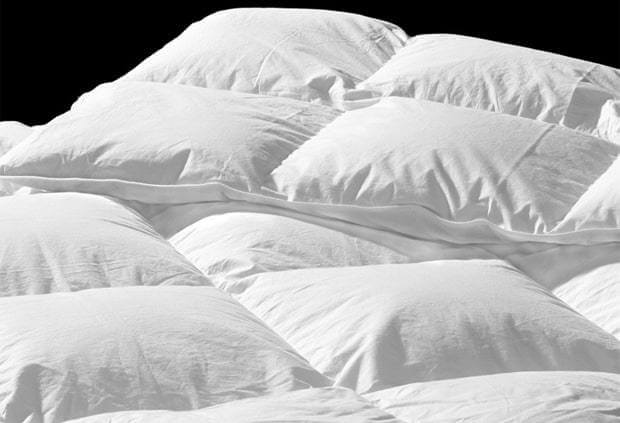Some extra lubrication can make your love life much more interesting, but if you use a lubricant regularly, you're bound to get a little on your sheets, comforters, and clothes. The good news is that many lubricants won't cause stains, but if you've invested in a set of super-soft sheets with a high thread count, you'll want to take every possible step to protect your fabric.
Choosing a Non-Staining Lubricant

As you might know from reading our blog, there are three common types of lubricant bases: oil, water, and silicone. Water-based lubricants are usually fabric-friendly, and they're the best choice if you're looking for a little added slickness with a natural feel.
Most water-based lubricants use non-staining formulas, and some will specifically say "non-staining" on the bottle. Even so, you should exercise care and check the lubricant's ingredient list. Here are a few common ingredients that can create stains:
- Propylene Glycol - Over time, this clear liquid can break down materials. While it may not stain fabrics on its own, it can make fabrics more susceptible to staining.
- Essential Oils - Oils can discolor fabrics. Most lubricant manufacturers use relatively small amounts of essential oils, which limits the chances of staining. Even so, some essential oils and natural extracts can cause damage.
- Flavoring Ingredients - Flavored lubricants have a somewhat higher chance of creating stains since many use flavoring agents to cause discoloration. Avoid colored lubricants and look for flavored lubes that use simple, sugar-free formulas.
- Silicone - Some silicones can set into certain fabrics - more about this in the next section. Common silicone types include dimethicone and Cyclopentasiloxane (anything with a -cone or -xane suffix is a silicone).
There's some bad information out there about glycerin, one of the most popular ingredients in water-based lubricants. Contrary to popular belief, glycerin does not stain most fabrics, and it's actually used as a stain remover in certain applications.
Dealing with Stains from Silicone and Oil-Based Lubricants

Unflavored water-based lubricants are typically the best choice if you're worried about stains, but there's nothing quite like the silky smooth feel of silicone lube. Unfortunately, silicone isn't water-soluble, so a simple wash won't always get it out of your bedding.
If you get silicone onto your clothes or sheets, try to wash it out as soon as possible. Don't let it set into the fabric. You can use a small amount of rubbing alcohol to eliminate some of the smaller stains and an oxygen-based cleaner for the larger stains.
Oil-based lubricants are probably the worst choice if you're looking to avoid stains (it's also worth noting that oil-based lubricants can damage condoms, and they're not safe for vaginal sex). Even if you buy a product that uses natural oils, your best bet is to lay down a towel or keep an extra set of sheets on hand to make cleanup easier. If your oil-based lube stains something, clean it as soon as possible.

A spoonful of cornstarch can help to soak up oils from many fabrics, and once you get the oils out, you can usually use a standard machine wash to get rid of stains. Use the highest temperature setting that's still safe for your fabrics.
Before you use any new lubricant, you should spot test it on your bedding. Put a few drops on your sheets and covers, and make sure it comes out with a little soap and water. If it doesn't, start looking for another option - there's plenty of great non-staining lubricants available, and you shouldn't have much trouble finding a product that's compatible with your bedding.












